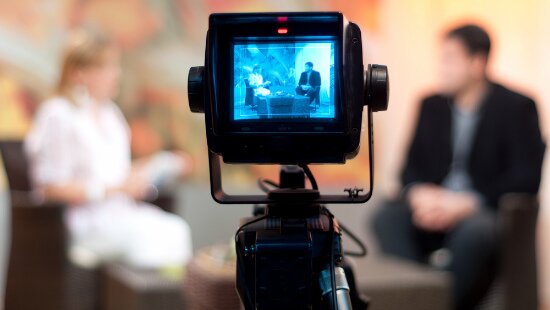Improper disposal of Compact Fluorescent Lamps (energy saving lamps) has given rise to concern over its potential hazardous impact on the environment and humans.
The Consumer Council has raised the issue in the light of emerging research on the problem created by improper CFL disposal.
Ironically, CFLs are invented precisely for the purpose of environmental protection by reducing electricity consumption and greenhouse gas emission.
The main culprit of this concern is with the toxic heavy metal, mercury, which is an essential ingredient of CFLs. Besides mercury, the integrated electronic ballast inside contains other heavy metals that are non-biodegradable.
Human exposure to mercury can affect the brain and nervous system, with symptoms such as trembling hands, memory loss, anxiety and insomnia.
There has been concern over insufficient facilities for disposing and handling of CFLs to cope with the huge usage of energy saving lamps nowadays. Such facilities are also difficult for the general public to access.
According to an academic research, garbage in Hong Kong is generally dumped down the garbage duct, and in the process mercury vapour may leak out from CFLs posing potential threat to garbage collectors.
Further, as lamps are crashed in garbage trucks with other wastes, that may pose potential threat to pedestrians and street users alike.
The Environmental Protection Department (EPD), however, stressed that under normal circumstances, co-disposal of small quantities of CFLs and other municipal solid wastes should not pose any significant risk to the public in general and cleaners in particular.
The general public is urged to play its part by separating and wrapping up discarded CFLs and light tubes before disposal.
According to the EPD, mercury from CFLs is separated and recycled in the Chemical Waste Treatment Facility located at Tsing Yi for special handling and storage arrangement of these lamps.
Other broken pieces will also be treated accordingly before being sent to the landfill area. A total of 440,000 mercury-containing lamps were handled at this facility in 2006.
The Consumer Council supports the usage of any energy saving lighting appliances which can help reduce the emission of greenhouse gas and improve the air quality.
However, it is concerned over the disposal problem which is further aggravated by the general lack of public awareness of the potential hazards that such could pose.
The Government is urged to establish active policy in handling used or dumped CFLs or light tubes, such as by strengthening co-operation with property management firms in setting up disposal or recycling facilities in public housing estates or private developments.
The Government should take the lead to establish effective regulations in restricting the use of hazardous substance and impose responsibility in the disposal of CFLs on manufacturers or other parties.
Reference can be drawn from directives or law in other countries such as RoHS (Restriction on Hazardous Substance) or WEEE (Waste Electrical and Electronic Equipment).
Research and development on energy saving lights or sustainable lighting technologies should also be encouraged.
| CHOICE magazine is now also available online (at https://echoice.consumer.org.hk/) and via fixed-line and mobile services of PCCW. Members from the media who are invited by this Council to the Press Conference may quote the content of this Press Statement. The Consumer Council reserves all its right (including copyright) in respect of CHOICE Magazine and Online CHOICE ( https://echoice.consumer.org.hk/ ). |



